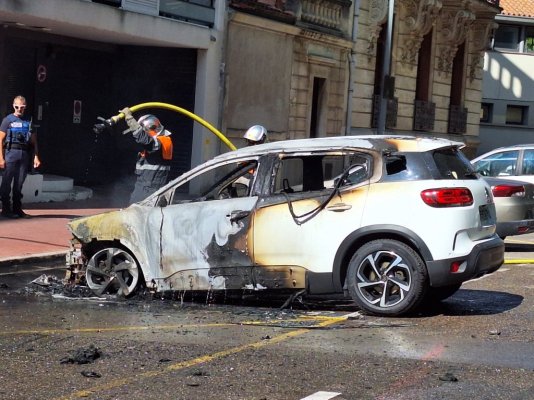There are several good reasons to select either twin or single configuration. No question that twins, when maintained to same level as a single, obviously benefits from redundancy. There is no question that a well maintained diesel is reliable. In the vast majority of hull configurations, single prop is more protected than two props. Finally, there is no question that a single engine is easier and less expensive to maintain than two engines, and a single engine is more accessible in most engine bays.
I do not think the answer is as cut and dried as most twin owners believe it is. It can be, but in reality, is not. Everyone starts the season with the best of intention to keep everything in tip-top condition. But many hundreds of hours later, stuff drifts from perfect 'tip-top' condition. Ability to deal with a sub-optimal propulsion system varies - liklihood of a twin going south due to complexity is greater than a single, especially given access issues. Either due to access issues, complacency, or over-confidence in redundant engines, I wonder if twin engine owners have more voyages terminated due to mechancial failure than singles.
I understand the paper-argument for twins. But in reality, there is an argument for either.
Peter


